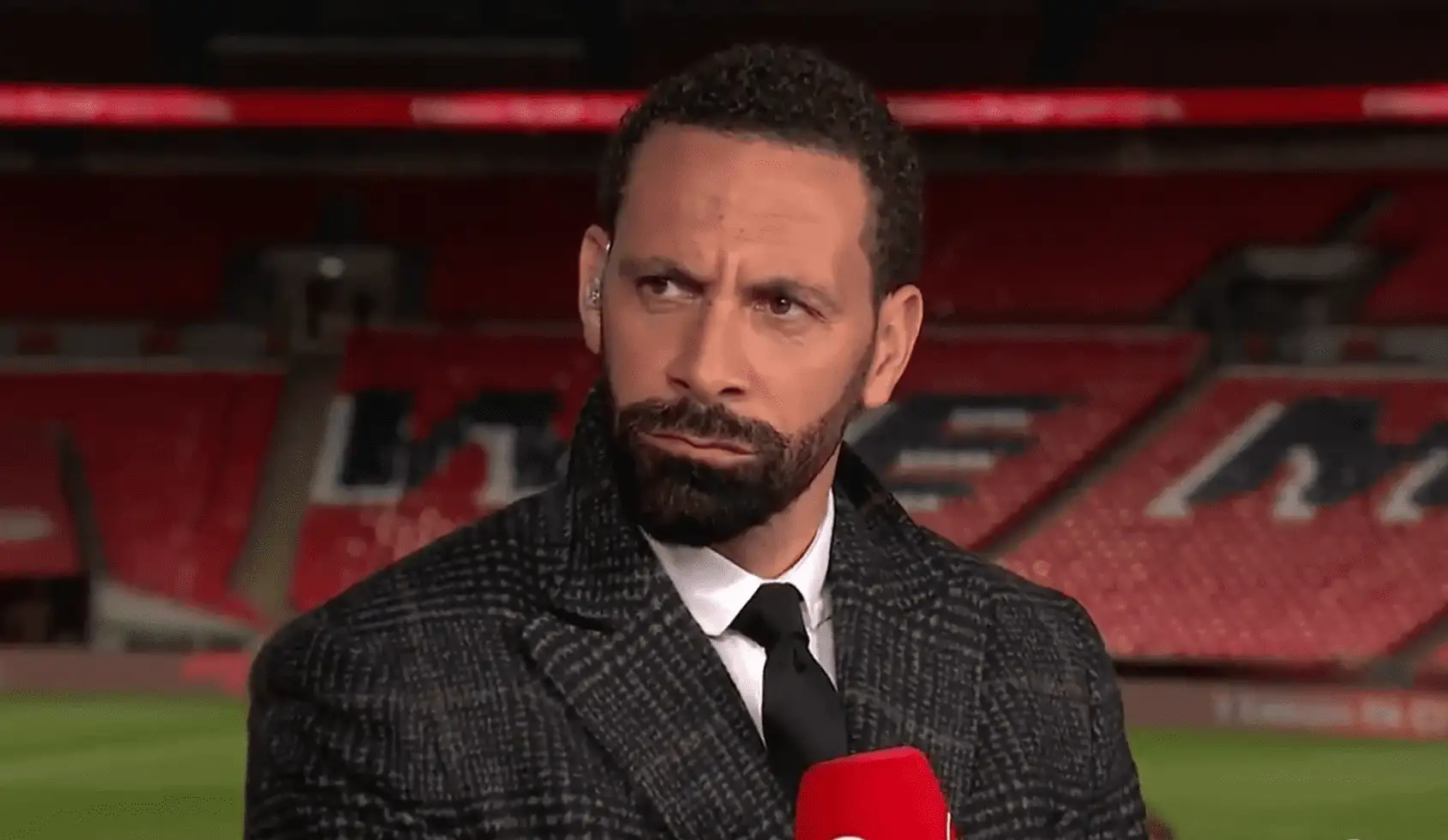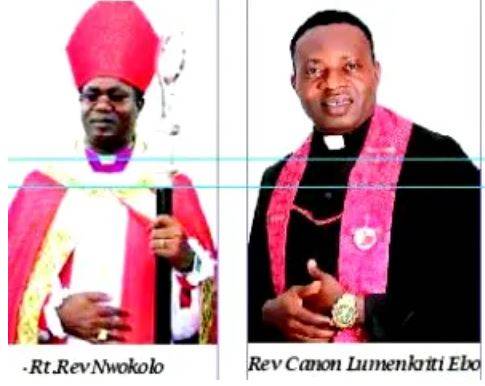CDC: People aren’t missing their second coronavirus vaccine dose

Nearly everyone who got their first dose of a two-shot COVID-19 vaccine got their second dose within the recommended window, according to new data from the Centers for Disease Control and Prevention.
During the first two months of the United States COVID-19 vaccination campaign, around 12 million people got their first dose and were also scheduled for their second dose. The second dose is supposed to be given three weeks after the first for the Pfizer / BioNTech vaccine and four weeks for the Moderna vaccine (with a few days’ buffer on each side). In that group, 88 percent of people had their second shot on schedule.
Around 9 percent of people who had their first shot between December 14th and February 14th had not yet received their second dose but were still within 42 days from their first dose. The CDC says that when a delay is unavoidable, people can wait that long. Three percent of people were outside of the 42-day window and had missed the dose.
To look at those numbers in a different way, the CDC also looked at everyone who’d received a second dose during those two months to see how many people received it within the recommended period. Over 95 percent of people were on schedule. Just under 3 percent of people were late (but within the 42-day window), and 1.5 percent of people had their second injection early.
Such high numbers of people getting their second dose — and getting it on time — are reassuring, the CDC wrote in its report. The Pfizer / BioNTech and Moderna vaccines may have some protection with just one dose, but a single dose wasn’t part of the clinical trials, and it’s not clear how long that protection might last. The second shot boosts the immune system and gives people the full benefits of the vaccines.
When the COVID-19 vaccines were developed and authorized, experts worried about the challenges of a two-shot series. They were concerned they would struggle to bring people back in for a second shot. In other multidose vaccines, like the HPV vaccine and the shingles vaccine, there’s a drop-off. Around a quarter of people who get their first shingles shot don’t get a second, and only around half of people finish a three-shot HPV vaccine series.
Despite the low numbers of people missing a second dose, CDC director Rochelle Walensky said the agency is still hoping to close even the small gap. “CDC is working across the government and with state and local partners to identify and address barriers to getting both doses,” she said during a press briefing today.
States and health organizations have high- and low-tech strategies to get people back in for the correct second dose. Many central state immunization registries can notify doctors and patients when people are due for a second dose. So can electronic health records. Everyone who gets a COVID-19 vaccine also gets a card that tells them when their second dose should be, and which vaccine they got.
The CDC data shows that those methods seem to be working. It’s consistent with anecdotal reports from immunizers. “I am not hearing major challenges with bringing people back in,” Claire Hannan, the executive director of the Association of Immunization Managers, told the media in February.
However, the CDC noted in its report that most people who received the COVID-19 vaccine during the first two months they were available were health care workers and residents in long-term care facilities because they were the first to be eligible. Those groups may be more likely to stick to the schedule because they could get vaccinated where they work or live.
The CDC report also says that 90,484 people got the first dose of one vaccine and the second dose of another — 0.2 percent of the total. The agency said the Pfizer / BioNTech and Moderna vaccines should not be mixed except in the most exceptional circumstances when a second dose of the same brand is not available.
Over 37 million people in the United States are now fully vaccinated, either through two doses of the Pfizer / BioNTech or Moderna vaccine or one dose of the Johnson & Johnson vaccine, which only takes one shot.
TodayNG
editor's pick
latest video
news via inbox
Nulla turp dis cursus. Integer liberos euismod pretium faucibua




